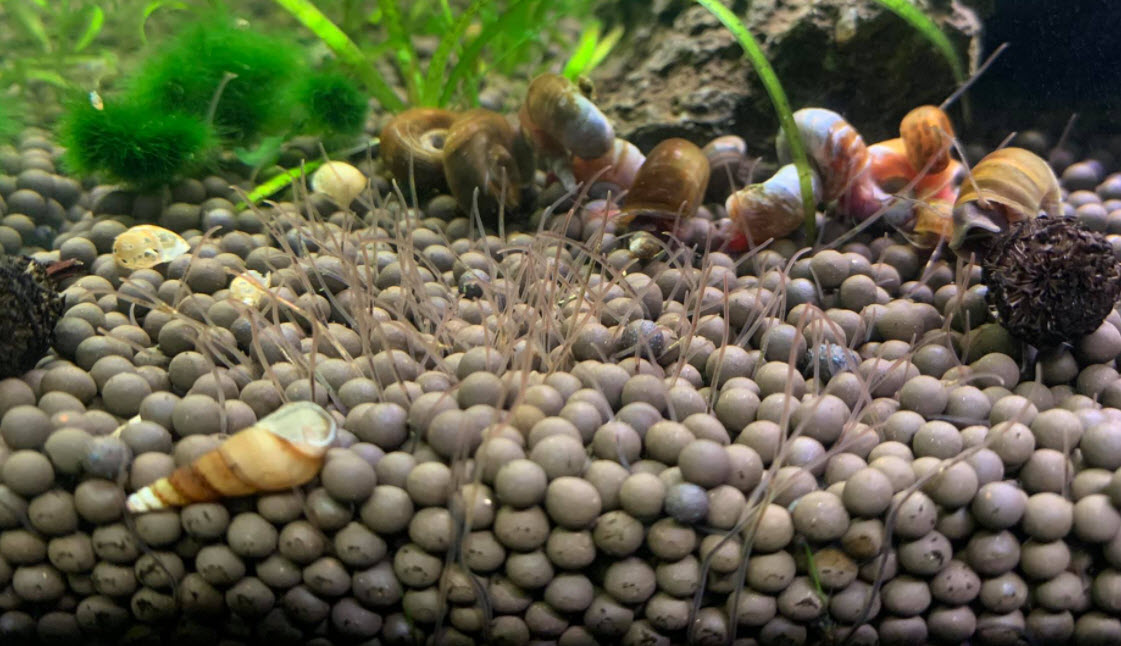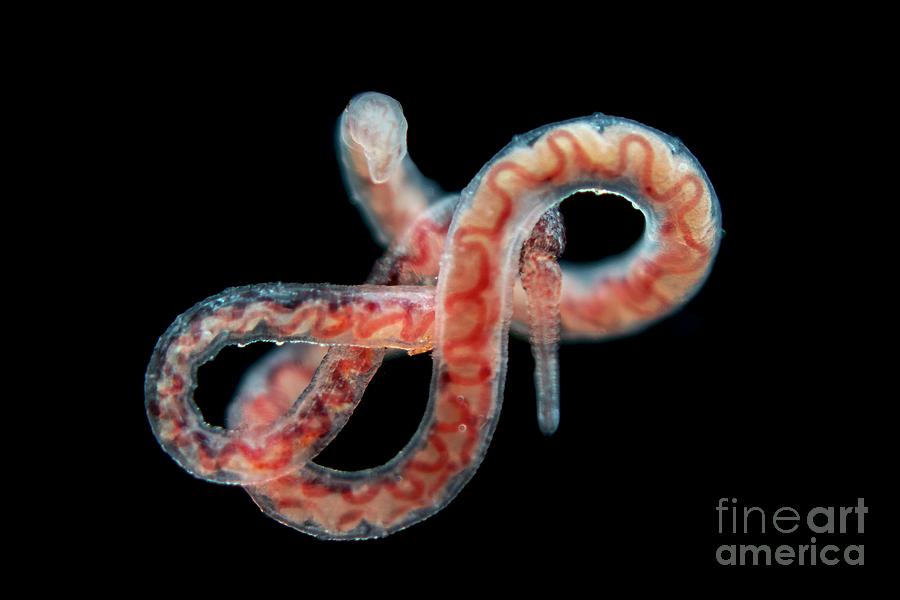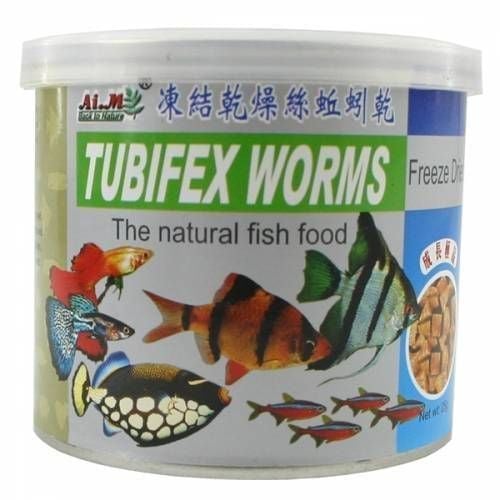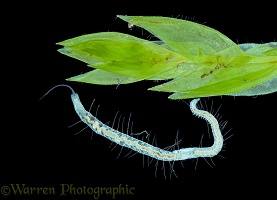

While this did bleach the outside of the groups of worms, they noted that when a ball or mass of worms was broken open, there appeared to be healthy worms remaining inside the mass. Next the operator tried isolating the filters and applying a heavy dose of chlorine. The prevailing theory was that a new supply of the worms was washing into the system daily, and because the source wasn’t treated, the population slowly rebounded. However, after that period of relief the tubifex worms reappeared. They reported minimal tubifex presence in the sand filters. The results appeared very positive during the following weeks. The operators let both products soak for 24 hours and then backwashed to the head of the plant. Qwik-Zyme P, a biocatalyst-based product, was then used to break down the food source that the worms had been living on, as well as to degrade the dead worms. The operator used a chelated copper to kill the tubifex worms, but not harm the good biology. The Aquafix team came up with a two-part plan to kill both types of worms and clean the filters of excess sludge and proteins. The sand filters are approximately 20’ by 12’ by 8’ of sand. This 1 MGD RBC, was followed by three sand filters for up-flow nitrification and down-flow denitrification. They usually inhabit the bottom sediments of lakes, rivers, and occasionally sewer lines and outlets.Aquafix was first introduced to Tubifex worms at a municipal treatment plant in Rhode Island.

Encystment may also function in the dispersal of the worm.

tubifex can survive drought and food shortage.

By forming a protective cyst and lowering its metabolic rate, T. They can also survive in areas heavily polluted with organic matter that almost no other species can endure. The worms can survive with little oxygen by waving hemoglobin-rich tail ends to exploit all available oxygen, and can exchange carbon dioxide and oxygen through their thin skins, in a manner similar to frogs. Micro-plastic ingestion by Tubifex worms acts as a significant risk for trophic transfer and biomagnification of microplastics up the aquatic food chain. These worms ingest sediments, selectively digest bacteria, and absorb molecules through their body walls. Tubifex probably includes several species, but distinguishing between them is difficult because the reproductive organs, commonly used in species identification, are resorbed after mating, and because the external characteristics of the worm vary with changes in salinity. Tubifex tubifex, also called the sludge worm or sewage worm, is a species of tubificid segmented worm which inhabits the sediments of lakes and rivers on several continents. Tubifex, in Aa River (north of France) in a polluted zone, circa 1990


 0 kommentar(er)
0 kommentar(er)
